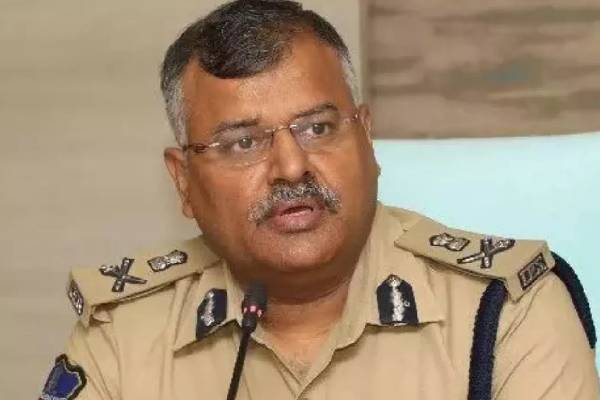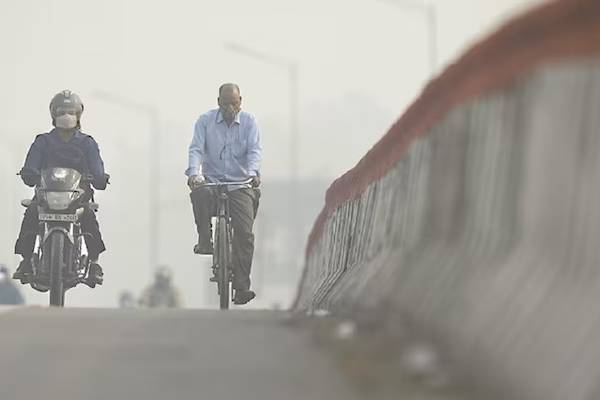Delhi has entered its most severe phase of air pollution control measures as air quality reaches dangerous levels. Delhi’s air pollution crisis is a complex issue with multiple contributing factors. Stubble burning by farmers in neighboring states, a practice that significantly increases PM2.5 levels during winter months, is a major culprit. Additionally, the city’s massive fleet of over 12 million vehicles is responsible for around 40% of the city’s particulate pollution, with emissions from traffic clogging the air. Ongoing construction activities also play a role, generating dust and debris that exacerbates air quality issues. Furthermore, industrial pollution from factories and power plants emits harmful pollutants, worsening the smog. To make matters worse, the open burning of garbage in the city adds to the toxic air mix, making the capital’s air quality a hazardous cocktail of pollutants.
Chief Minister Atishi announced today that all schools, except for Classes 10 and 12, will immediately shift to online classes starting Monday as the city grapples with hazardous air quality levels.
The decision comes as Delhi’s Air Quality Index (AQI) surpassed 450, pushing the city into the “Severe+” category on November 17, 2024. Heavy fog and stagnant winds have created conditions that trap pollutants, leading authorities to implement Stage IV of the Graded Response Action Plan (GRAP).
In response to this crisis, the government has announced comprehensive restrictions on traffic movement. Non-essential trucks are now banned from entering Delhi, with exceptions only for CNG, electric, and BS-VI diesel vehicles carrying essential goods. Light commercial vehicles registered outside Delhi are also prohibited unless they meet specific environmental standards.
The construction sector has come to a complete halt, with all building activities suspended. This includes major infrastructure projects such as highways, roads, and power transmission work. The ban aims to reduce dust pollution, which significantly contributes to the city’s air quality problems.
Workplaces across Delhi are also facing significant changes. Both government and private offices must now operate at half capacity, with the remaining employees working from home. The central government has received recommendations to implement similar work-from-home arrangements for its workforce.
Health experts are particularly concerned about vulnerable populations during this crisis. Medical professionals strongly advise children, elderly residents, and individuals with respiratory conditions to remain indoors. The air quality has reached levels where even healthy adults should minimize outdoor exposure.
The current weather forecast offers little hope for immediate relief. Meteorological conditions suggest that the severe pollution levels may persist, prompting authorities to consider additional measures. Officials are discussing the possibility of implementing the odd-even vehicle rationing scheme if air quality doesn’t improve.
Looking ahead, city officials will continue monitoring air quality levels daily and may adjust restrictions based on pollution measurements. These emergency measures will remain in effect until there’s a significant improvement in air quality. Residents are advised to stay updated with local guidelines and take necessary precautions to protect their health during this environmental emergency.
The implementation of Stage IV GRAP measures represents the most stringent response to Delhi’s air pollution crisis. While these restrictions may cause temporary inconvenience, they are deemed essential to protect public health and improve the city’s air quality.
-Sanyogita



































